Admiral's House
An eccentric 18th century naval officer built a ship's quarterdeck on his roof, the inspiration for Mary Poppins's "Admiral Boom."
Sailors who later become landlubbers often miss the experience of living on ships and the rhythmic motion of the waves. An eccentric 18th century naval officer named Fountain North missed it all so much, he constructed a ship’s quarterdeck on top of his house in London’s Hampstead Heath. North even mounted cannons up there, from which he fired salutes on the king’s birthday and after Britain’s naval victories.
The strange-looking house, which came to be called Admiral’s House, located on Admiral’s Walk, was immortalized in literature by P.L Travers’s Mary Poppins series. In the books a retired naval officer called Admiral Boom lives next door to the Banks family, in a house shaped like a ship, and fires his cannon every once in a while. Travers, a Hampstead local, got the idea from her own eccentric neighbor.
The Admiral’s House inspired many artists over the years. It was also the subject of John Constable’s painting “A Romantic House at Hampstead,” which is on display at the Victoria & Albert Museum in London. Some later residents of the house include Sir John Fortescue, a librarian and archivist at Windsor Castle, and his wife, Winifred Fortescue, an actress and novelist. Sir Gilbert Scott, the prolific British architect, also lived in the house for a few years, and a blue plaque at the site marks this particular period in the house’s history. Though the house was formally renamed Grove House, it is popularly known by its old name.

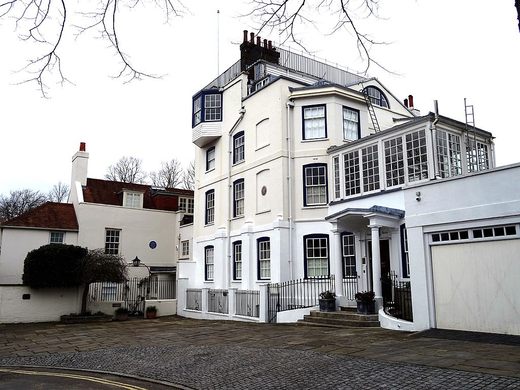


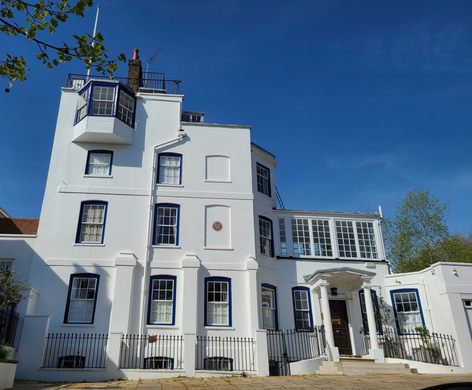
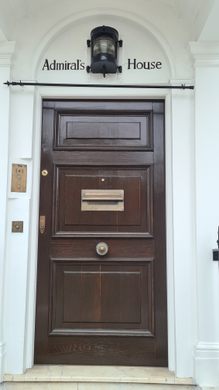
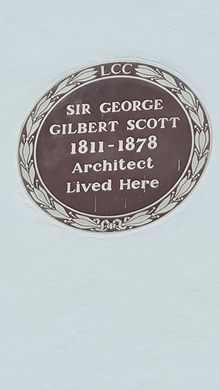









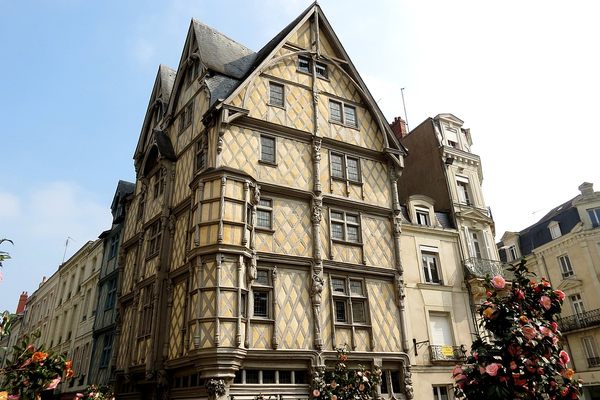



Follow us on Twitter to get the latest on the world's hidden wonders.
Like us on Facebook to get the latest on the world's hidden wonders.
Follow us on Twitter Like us on Facebook